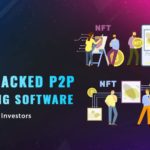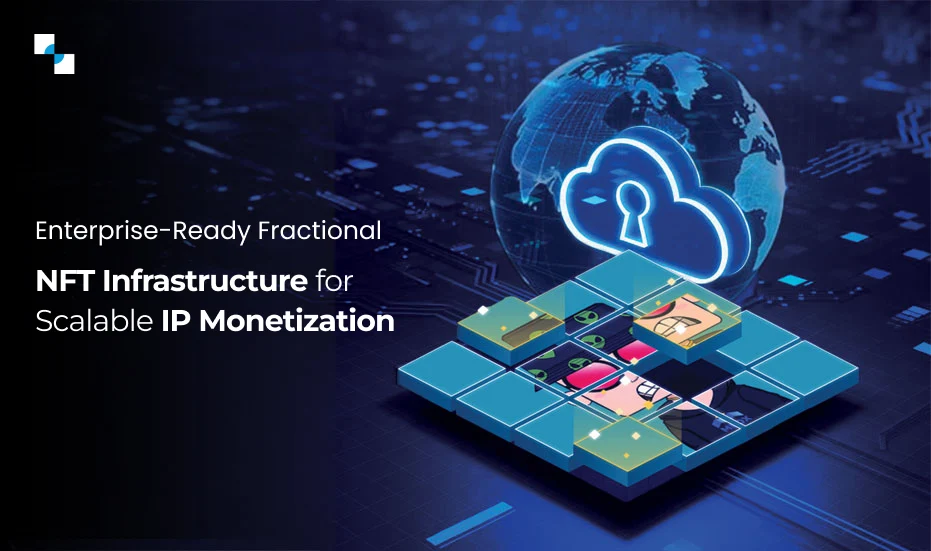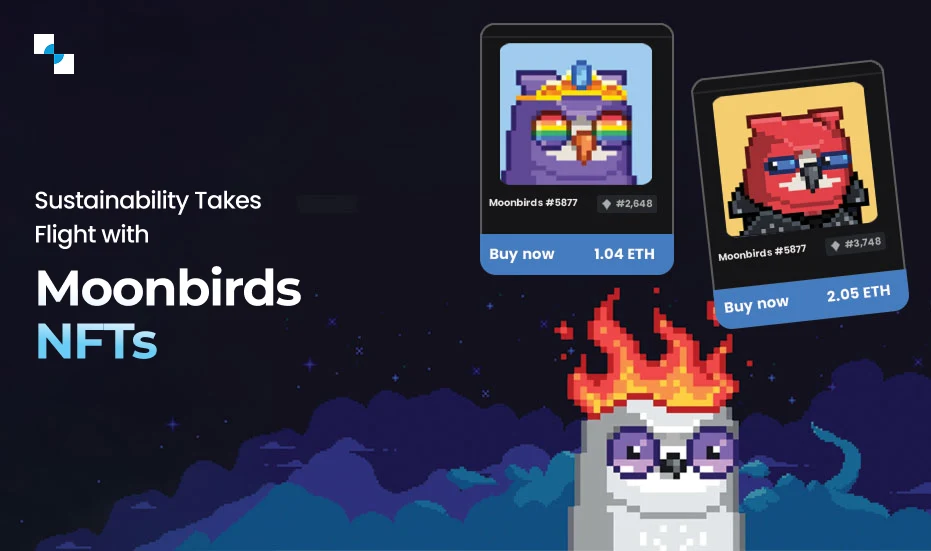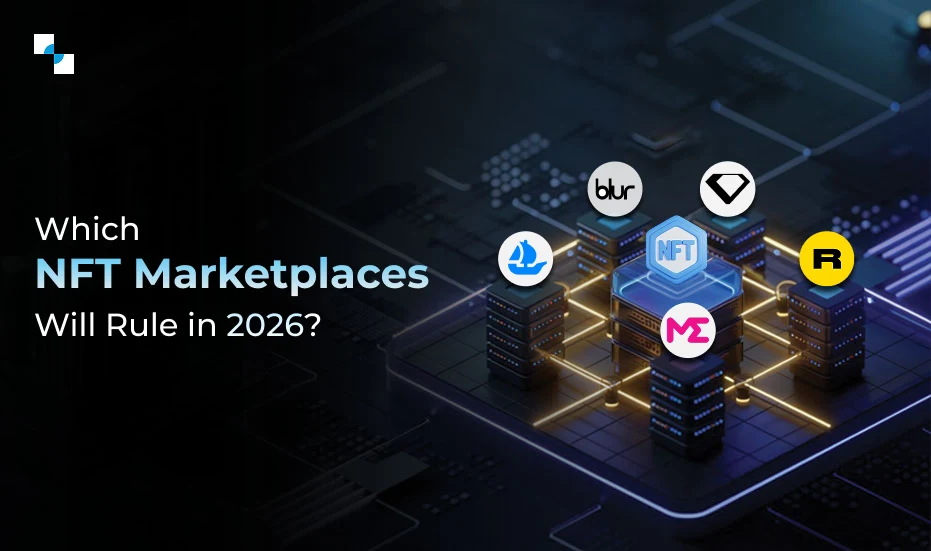In recent years, Non-Fungible Tokens (NFTs) have emerged as a transformative force in the world of digital content. From artwork to collectibles, NFTs have captured mainstream attention. However, their impact extends far beyond traditional domains. A well-built white-label NFT marketplace can revolutionize the digital content economy, and enable creators to tokenize and monetize a diverse range of assets, from music to memes.
By 2027, 19.31 million users are projected to be present in the NFT market. Revenue is anticipated to grow at a rate of 18.55% per year (CAGR 2023-2027), translating to a projected total of US$3,162.00m by 2027.
How white label NFT marketplace development is benefiting the artists?
Opting to build white label NFT marketplace? No wonder, White label NFT marketplaces are benefiting artists in several ways, revolutionizing the way they create, distribute, and monetize their digital content.
Here are some key benefits for artists:
- Direct Engagement with Fans
A white-label NFT marketplace provides a direct channel of communication between artists and their fans. Artists can engage with their audience, build a community, and receive direct feedback and support. - Ownership and Authenticity
NFTs allow artists to establish verifiable ownership and authenticity of their digital creations. This helps protect their intellectual property rights and ensures that their work cannot be easily duplicated or forged. - New Revenue Streams
By tokenizing their artwork as NFTs, artists can generate revenue through primary sales on the marketplace. Additionally, they can earn royalties on secondary market transactions, receiving a percentage of the resale value whenever their NFTs are sold. - Monetizing Various Digital Assets
White-label NFT marketplace development helps to move beyond traditional ways of handling artworks. Artists can tokenize various digital assets, including music, videos, virtual real estate, virtual fashion, and even memes. This expands the opportunities for artists to monetize their diverse creative outputs. - Global Reach and Exposure
Digital platforms enable artists to reach a global audience, transcending geographical limitations. If you build white label NFT marketplace, you can provide a platform for artists to showcase their work to a vast community of collectors, enthusiasts, and potential buyers. - Fair Compensation and Transparency
NFTs and smart contracts enable transparent and automatic royalty payments. Artists can ensure fair compensation for their work, receiving a percentage of the proceeds each time their NFTs are resold on the secondary market. - Independence and Control
Artists have greater control over the distribution and pricing of their work on white-label NFT marketplaces. They can set their own terms, choose whether to sell exclusive or limited editions, and define the conditions of usage for their digital creations. - Collaborations and Partnerships
White-label NFT marketplace development helps to foster collaborations between artists, collectors, and other creative professionals. Artists can explore partnerships with brands, influencers, or other artists, unlocking new opportunities for exposure and revenue generation. - Preservation of Digital Legacy
NFTs provide a means for artists to preserve their digital legacy. The blockchain’s immutability ensures that the provenance and history of their work are recorded permanently, contributing to the preservation of digital art history. - Innovation and Experimentation
You may build white label NFT marketplace to encourage artists for exploring new forms of creative expression. They can experiment with digital media, interactive experiences, and novel concepts, pushing the boundaries of what is considered traditional art.
How to Build White Label NFT Marketplace?
White-label NFT marketplace development requires careful planning and execution. Here is a general roadmap to guide you through the process:
- Define Your Requirements
Determine the purpose and target audience of your NFT marketplace. Identify the key features and functionalities you want to include. Consider scalability, security, and customization options. - Choose the Blockchain
Select a suitable blockchain network for your marketplace. Ethereum is the most popular choice due to its established ecosystem and support for NFT standards like ERC-721 and ERC-1155. Consider other blockchain options like Binance Smart Chain, Polygon, or Flow, depending on your specific needs. - UI/UX Designing
Develop wireframes and mockups to visualize the layout and flow of your marketplace. Focus on creating an intuitive and engaging user experience. Consider branding elements and customization options for white labeling. - Develop Smart Contracts
While you build white label NFT marketplace, you have to code smart contracts, as they power the minting, buying, selling, and royalty functionalities of your marketplace. Hire experienced blockchain developers to write and audit smart contracts. Implement standards like ERC-721 or ERC-1155 for NFTs and royalty mechanisms. - Build the Backend Infrastructure
Develop the backend infrastructure to support user registration, authentication, and data management. Implement a database to store user profiles, NFT metadata, transactions, and other relevant information. Set up secure API endpoints for communication between the frontend and the blockchain. - Create the Frontend
Develop the frontend interface for your white-label NFT marketplace, based on the UI/UX design. Use modern web development frameworks like React, Angular, or Vue.js for efficient development. Implement features like NFT creation, listing, search, user profiles, and wallet integration. - Integrate Wallets and Payment Gateways
Integrate cryptocurrency wallets to enable secure storage and transactions of NFTs. Implement payment gateways to facilitate seamless buying and selling using cryptocurrencies. Ensure proper security measures to protect user funds and personal information. - Implement Marketplace Features
Develop features like bidding, auctions, secondary market support, and royalty mechanisms. Enable social features like comments, likes, and sharing to foster community engagement. Implement analytics and reporting tools to provide insights to users and creators. - Testing and Debugging
Conduct rigorous testing to identify and fix any bugs or vulnerabilities. It’s the most crucial part of white-label NFT marketplace development. Test the marketplace with real and simulated user scenarios to ensure smooth functionality. Perform security audits to address any potential vulnerabilities. - Deployment
Deploy your marketplace on a reliable hosting platform or cloud infrastructure. Configure necessary security measures like SSL certificates and firewalls. Announce the launch of your white-label NFT marketplace and promote it to your target audience. - Monitor and Maintain
Regularly monitor the marketplace for performance, security, and user feedback. Stay updated with blockchain technology advancements and adapt your marketplace accordingly. Provide ongoing customer support and address any issues that arise.
Most popular blockchain platforms for building NFT marketplace
Several blockchain platforms have gained popularity for building NFT marketplaces. Here are some of the most popular blockchain platforms used for NFT marketplace development:
- Ethereum: Ethereum is the most widely used blockchain for NFTs. It offers robust smart contract capabilities and supports NFT standards like ERC-721 and ERC-1155. Ethereum’s established ecosystem and developer community make it a popular choice for building NFT marketplaces.
- Binance Smart Chain (BSC): Binance Smart Chain has gained significant traction as an alternative to Ethereum. It offers lower transaction fees and faster confirmation times, making it attractive for NFT marketplace development. BSC is compatible with Ethereum Virtual Machine (EVM), making it easier to migrate Ethereum-based NFT projects to BSC.
- Flow: Flow is a blockchain developed by Dapper Labs, the creators of CryptoKitties and NBA Top Shot. Flow is designed specifically for high-performance NFT applications and offers unique features like resource-oriented programming and a developer-friendly environment.
- Polygon (formerly Matic): Polygon is a layer 2 scaling solution built on top of Ethereum. It provides faster and cheaper transactions while maintaining compatibility with Ethereum’s infrastructure. Polygon has gained popularity for NFT marketplace development due to its scalability and cost-effectiveness.
- Solana: Solana is a high-performance blockchain known for its fast transaction speeds and low fees. It offers a developer-friendly environment and has gained attention for NFT marketplace development due to its scalability and growing ecosystem.
- Polkadot: Polkadot is a multi-chain platform that enables different blockchains to interoperate. It provides scalability, security, and flexibility for NFT marketplace development. Polkadot’s architecture allows for easy integration of different blockchain networks, expanding the possibilities for NFT marketplaces.
- Avalanche: Avalanche is a decentralized platform that aims to combine the benefits of both public and private blockchains. It offers fast transaction speeds and low fees, making it suitable for NFT marketplace development. Avalanche’s interoperability capabilities and developer-friendly environment are attractive features.
What are the must-have features of a white-label NFT marketplace?
Before you initiate white-label NFT marketplace development, you must be aware of the set of essential features that must be included in a customizable platform that can benefit creators and users.
Here are some must-have features that you cannot ignore when you get ready to build a white-label NFT marketplace:
- User Registration and Authentication: Secure user registration and login process to enable user profiles and account management.
- NFT Creation and Minting: The ability for creators to easily mint and tokenize their digital assets as NFTs. Support for multiple file formats, such as images, videos, music, or 3D models. Customizable metadata fields for creators to describe their NFTs.
- Listing and Marketplace Management: Intuitive and user-friendly interface for creators to list their NFTs for sale or auction. Categorization and search functionality for easy navigation and discovery of NFTs. Flexible pricing options, including fixed prices, bidding, and royalty structures.
- Wallet Integration and Payment Gateway: Integration with cryptocurrency wallets to facilitate secure storage and transactions of NFTs. Multicurrency support. Seamless payment gateway integration to enable smooth buying and selling of NFTs.
- Royalty Mechanism: Built-in royalty distribution system to ensure creators receive a percentage of future resales. Automated royalty calculations and distribution based on predefined rules and smart contracts.
- Social Features and Engagement: User profiles and social interaction capabilities to foster community engagement. Ability to follow favorite artists or collections and receive updates on new releases.Comments, likes, and sharing functionalities to encourage interaction and collaboration.
- Secondary Market Support: Robust marketplace for trading previously owned NFTs in a secure and transparent manner. Buy and sell orders, bidding, and negotiation options for secondary market transactions.
- Customization and Branding: White-label NFT marketplace development should allow branding customization and integration with the creator’s identity. Customizable themes, colors, and layout options to provide a unique user experience.
- Security and Intellectual Property Protection: Robust security measures to protect users’ digital assets and sensitive information. Intellectual property (IP) protection mechanisms to prevent unauthorized use or copying of NFTs.
- Analytics and Reporting: Comprehensive analytics and reporting tools to provide insights into sales, trends, and user behavior. Data visualization and export options for creators to analyze their performance and make informed decisions.
- Scalability and Performance: Architecture designed for scalability to handle increased user activity and growing NFT collections. Fast loading times, low latency, and high transaction throughput for a seamless user experience.
Conclusion
White-label NFT marketplaces are opening up new horizons for artists, creators, and businesses to tap into the power of blockchain technology and create their own customized platforms. These marketplaces provide a range of features and functionalities that enable artists to tokenize their digital content, engage with fans, monetize their creations, and establish a direct connection with a global audience. With the ability to customize branding, features, and user experience, white-label NFT marketplaces offer flexibility and control, empowering creators to shape their digital presence and build sustainable revenue streams.
As the NFT market continues to evolve, white-label NFT marketplace development provides a gateway for innovation, collaboration, and the democratization of the creative economy, fueling a future where digital content can be truly owned, appreciated, and valued. Join hands with Antier, the blockchain expert, to turn your ideas into reality. Together, we can build white label NFT marketplace with unmatched features and functionalities.







